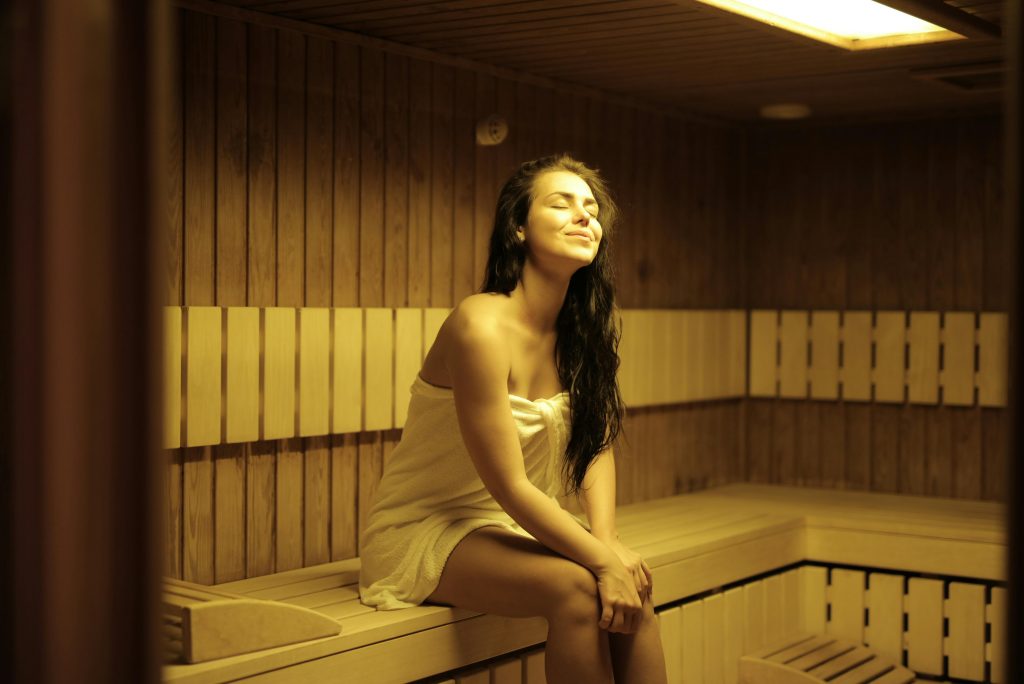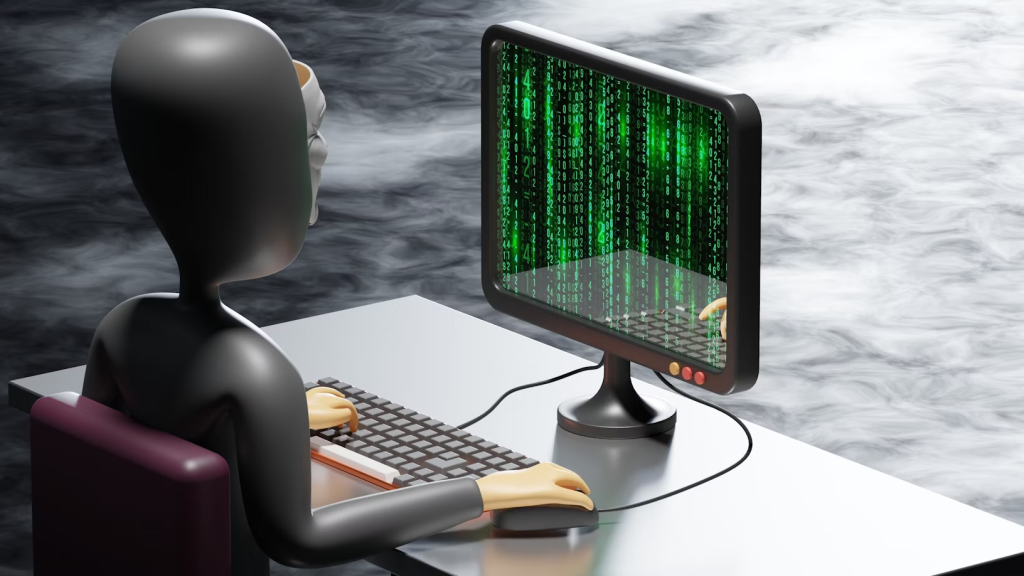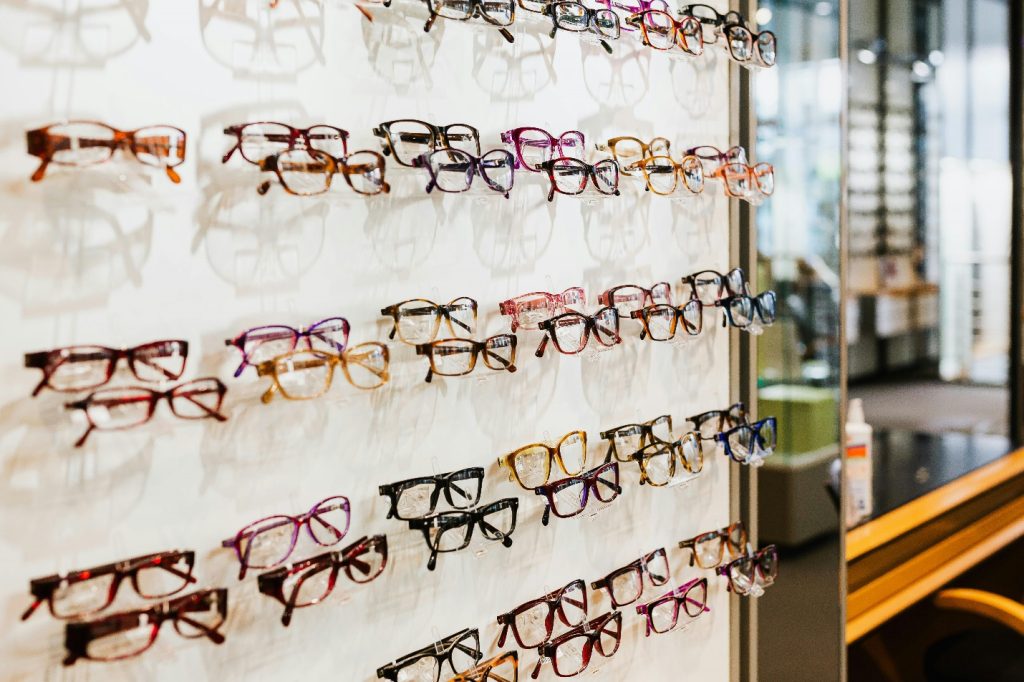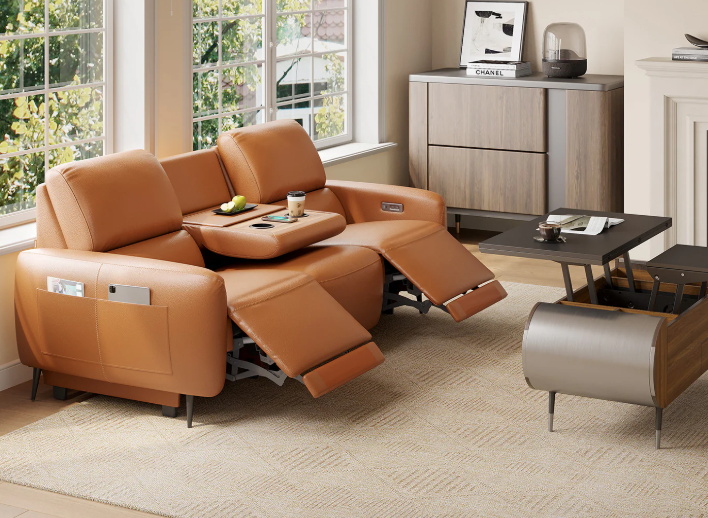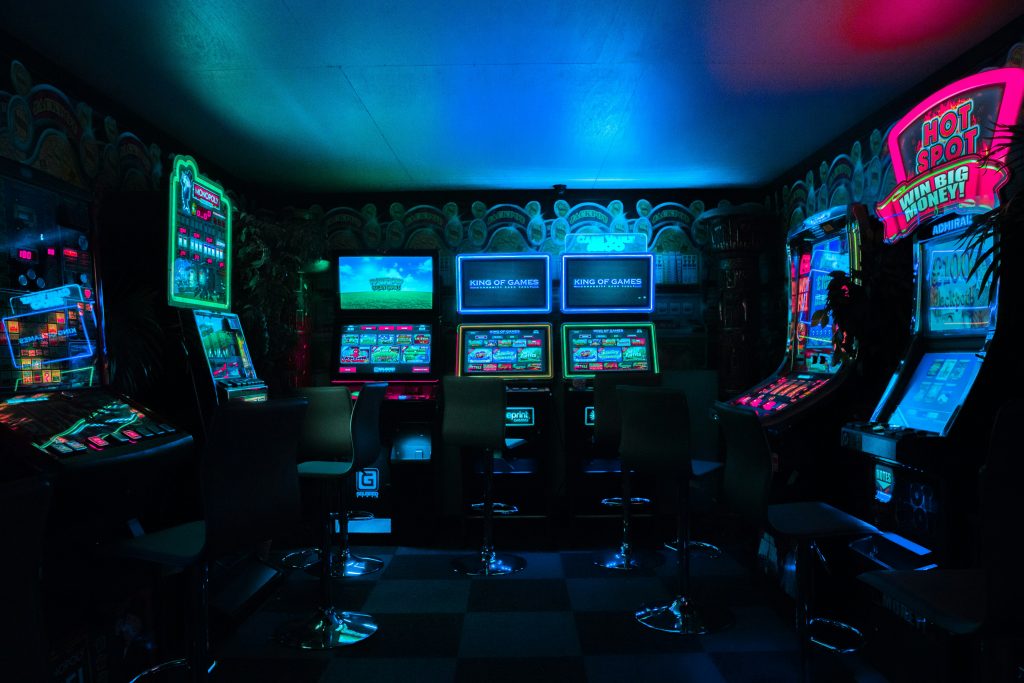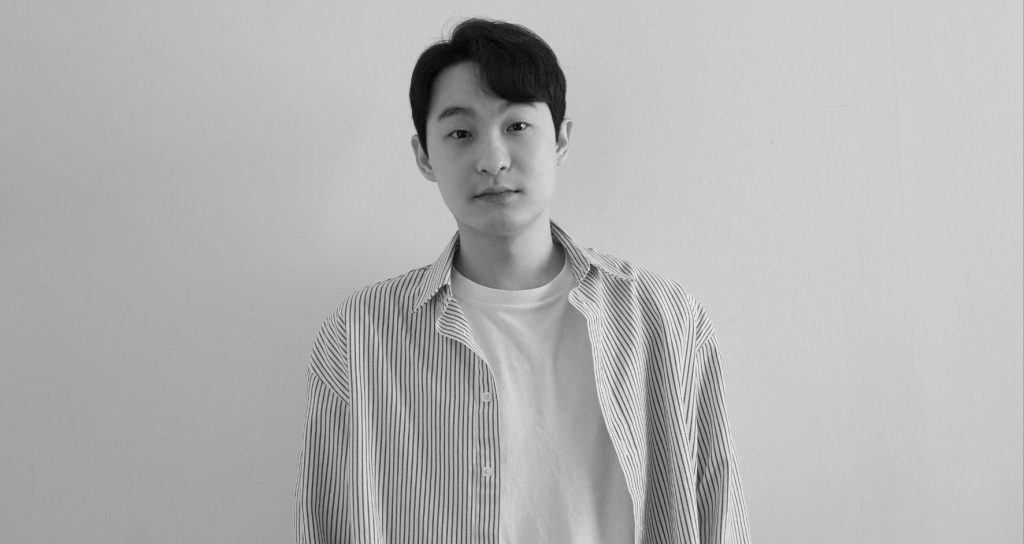The silhouette of a grand piano possesses an undeniable power, a form that speaks simultaneously of discipline, artistry, and opulence. It is a heritage piece, a monumental fixture that has graced the world’s most elegant concert halls and refined drawing rooms for centuries. In an age dominated by sleek, minimalist architecture and digital devices, the organic, sculptural presence of this instrument might seem a relic. However, contemporary interior design has embraced this challenge, finding creative and compelling ways to integrate these classic works of musical engineering into modern living spaces.
Here are ways interior design integrates grand pianos into modern spaces:
- Open-Concept Flow: Placing the piano as a central, sculptural element in large, open living areas.
- Minimalist Backdrops: Using clean lines, neutral colors, and uncluttered surroundings to highlight the piano’s form.
- Strategic Lighting: Employing spotlights or recessed lighting to emphasize its curves and finish.
- Complementary Materials: Pairing the piano with modern materials like glass, steel, and concrete for contrast.
- Defined Zones: Using area rugs or subtle changes in flooring to create a dedicated “music zone” within an open plan.
- Artistic Juxtaposition: Placing modern art or sculpture near the piano to create a dialogue between classic and contemporary forms.
This merging of classical tradition with the clean, intentional aesthetic of the 21st century is not a compromise; it is an elevation, turning the piano from a mere instrument into a breathtaking piece of functional sculpture and a soulful anchor for the home.
The Baby Grand’s Modern Footprint: Size, Sound, and Scale
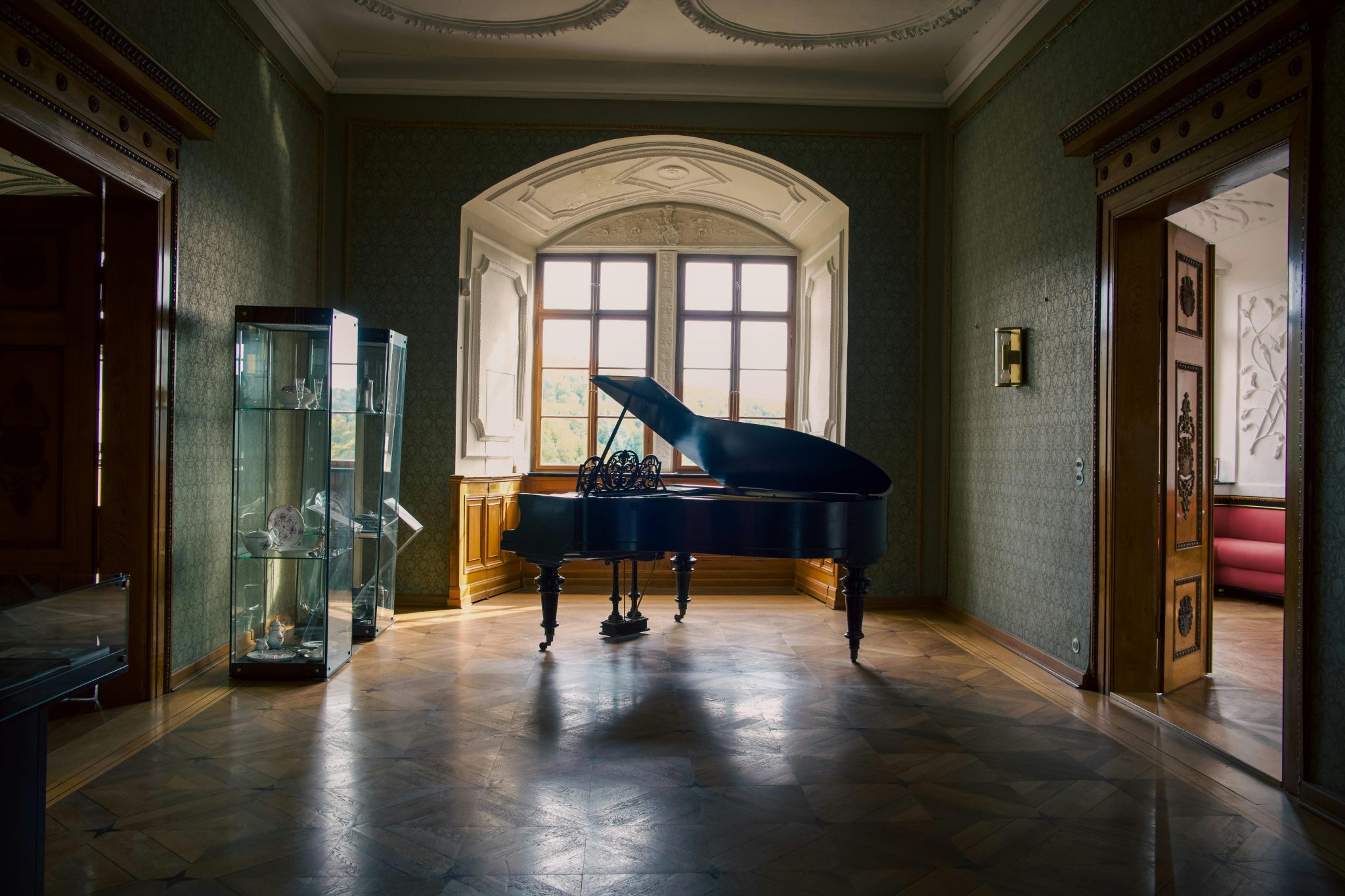
The challenge of incorporating a full-sized grand piano—a massive 9-foot concert model—into a modern residence is often insurmountable. This is why the search for a baby grand piano for sale has surged among contemporary homeowners. The term “baby grand” refers to instruments ranging roughly from 4’10” to 5’6″ in length, a significant reduction in footprint that makes them perfectly suited for the smaller, more efficient floor plans of modern condominiums and open-concept homes. While the smaller size does impact the sheer volume and deep resonance of a concert model, modern baby grands are engineered with sophisticated scale designs to produce a rich, nuanced, and beautifully balanced tone ideal for a home environment. It moves the instrument from the realm of the theatrical stage to the intimate setting of the salon, providing powerful musical expression without overwhelming the room’s acoustics or visual space. Its manageable scale allows it to be an integrated part of a design, not an imposing force.
Design Synergy: Finishes and Focal Points
In modern design, every element must earn its place; the piano, therefore, is selected not just for its sound, but for its finish. The traditional high-polish ebony remains a popular choice, acting as a striking, sculptural element that contrasts beautifully with lighter walls, polished concrete, or pale wood flooring—a moment of intentional visual weight. Yet, today’s market offers options far beyond standard black.
Finding a specialized, high-end instrument, perhaps a unique Bosendorfer piano for sale, opens up possibilities for bespoke aesthetics. These can include satin or matte black finishes that absorb light for a softer presence, or exotic wood veneers such as walnut, bubinga, or macassar ebony that introduce organic texture and warmth into a minimalist room.
When positioned correctly, the piano becomes the undisputed focal point, often anchored by a geometrically patterned rug or highlighted by dedicated, directional architectural lighting. This thoughtful integration transforms the instrument into a conversation starter, a deliberate statement about the home’s appreciation for enduring artistry.
The Buyer’s Journey: Selecting Quality and Style
The decision to acquire a piano of this caliber requires diligence that goes beyond a mere financial transaction; it is a commitment to quality and a cultural investment. Buyers must begin by rigorously evaluating the instrument’s tonal quality and action responsiveness, which often vary significantly even among highly respected manufacturers. The purchase journey is fundamentally tied to the expertise of the seller. Prospective owners in Northern California, for instance, should seek out experienced piano dealers in Sacramento who possess a deep understanding of the craftsmanship and heritage behind each model.
These experts not only guide the musical selection but also provide invaluable context on humidity control, proper placement for acoustics, and future maintenance, all critical to preserving a fine instrument. A reputable dealer offers transparency in its inventory of a baby grand piano for sale, whether new or meticulously restored pre-owned models, ensuring the buyer is purchasing a finely prepped instrument that will perform beautifully from the moment it enters the home.
Technological Integration: Smart Pianos in a Smart Home
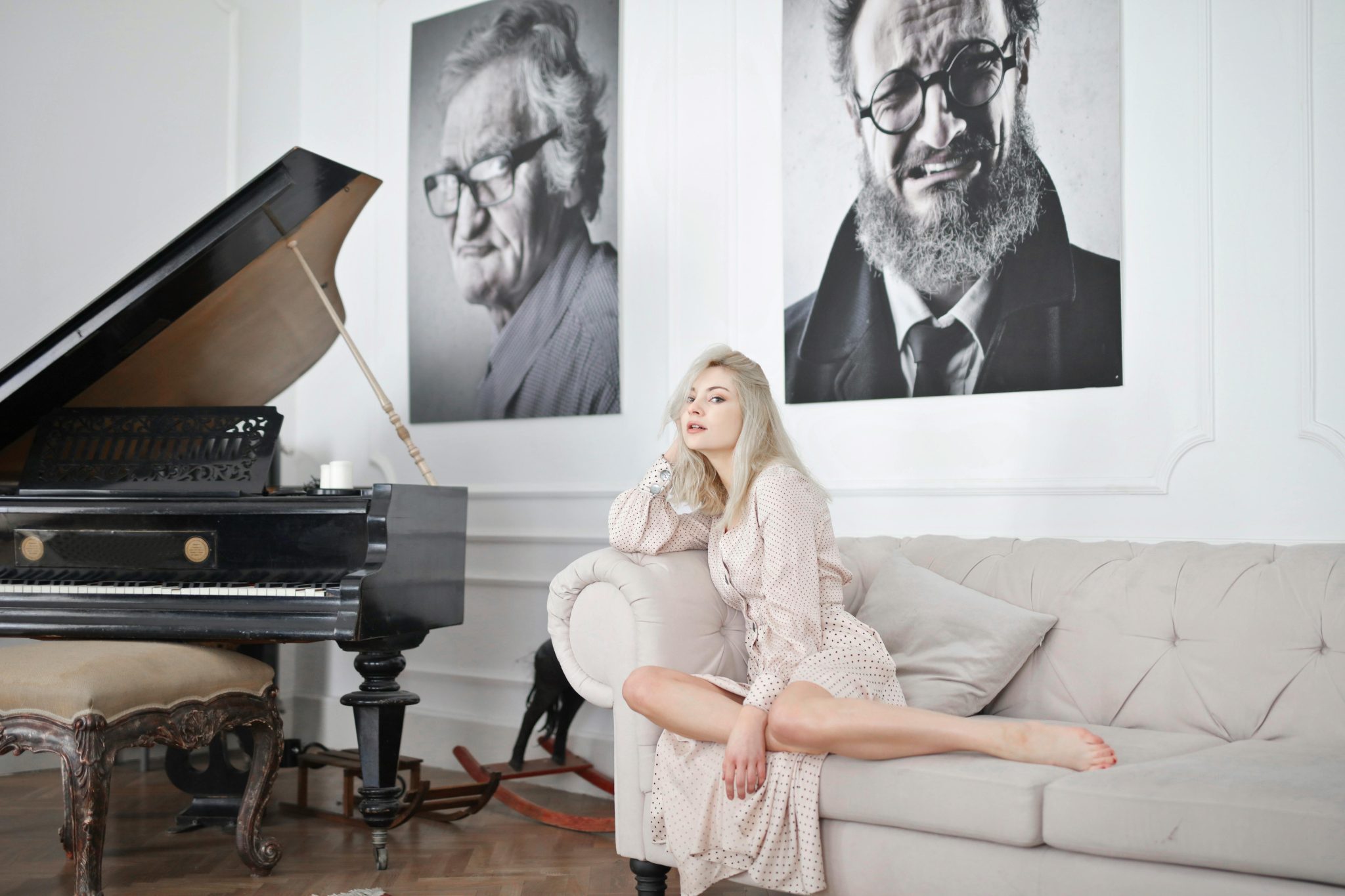
The classic aesthetic of the baby grand does not mean it is restricted to the technological limitations of the past. Modern engineering has introduced subtle, yet transformative, features that seamlessly integrate the piano into the connected home. Player piano systems, such as Disklavier, allow the instrument to stream performances with a level of accuracy that is indistinguishable from a live musician, turning the piano into a sophisticated entertainment center for social gatherings.
|
Feature Type |
Description |
Benefit |
Ideal User/Scenario |
|---|---|---|---|
|
Player Piano Systems (e.g., Disklavier) |
Allows the acoustic piano to play pre-recorded or streamed performances autonomously. |
Transforms the piano into an entertainment hub, perfect for parties or background music; offers a “live” performance experience without a pianist. |
Entertainers, those who appreciate live music but don’t play, and luxury smart home integration. |
|
Silent Piano Technology |
Disengages the hammers from the strings, allowing the pianist to practice silently with headphones. |
Enables practice at any hour without disturbing others; retains the authentic acoustic key feel for effective learning and practice. |
Urban dwellers, families with young children, students, and anyone needing quiet practice. |
|
MIDI Connectivity |
Allows the piano to connect to computers and digital audio workstations (DAWs). |
Expands creative possibilities for composers and producers; enables recording, editing, and using the piano as a high-quality MIDI controller. |
Musicians, composers, recording artists, tech-savvy pianists. |
|
Bluetooth/App Control |
Remote control of player functions, volume, and settings via smartphone or tablet. |
Enhanced convenience and user experience; seamless integration into a smart home ecosystem. |
Tech-oriented users, anyone desiring intuitive control. |
Conclusion
To view a baby grand piano purely as furniture, or even solely as a musical instrument, is to miss the profound nature of its role in a contemporary setting. It serves as a physical connection to centuries of artistic endeavor, housed within a form that is both intensely traditional and surprisingly adaptable to modern design sensibilities. Its compact size resolves the spatial paradox of the large home centerpiece, while its tonal richness adds a layer of warmth and complexity that no digital counterpart can replicate.
The discerning choice of an instrument, guided by reputable dealers and a clear vision for its integration, ensures its legacy. If you’re searching for a Bosendorfer piano for sale, consider how its unique character will elevate your space. Ultimately, the presence of a piano transforms a residence from a mere dwelling into a cultivated space—a sanctuary where human creativity and enduring craft are placed on thoughtful, powerful display, serving as a constant inspiration for those who live and gather within its sphere.






